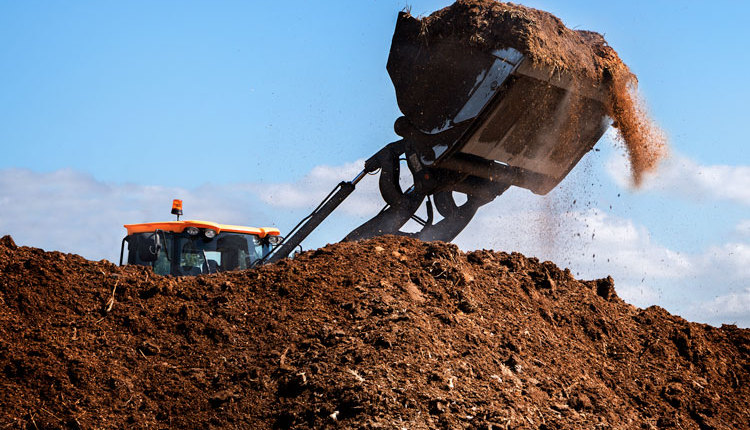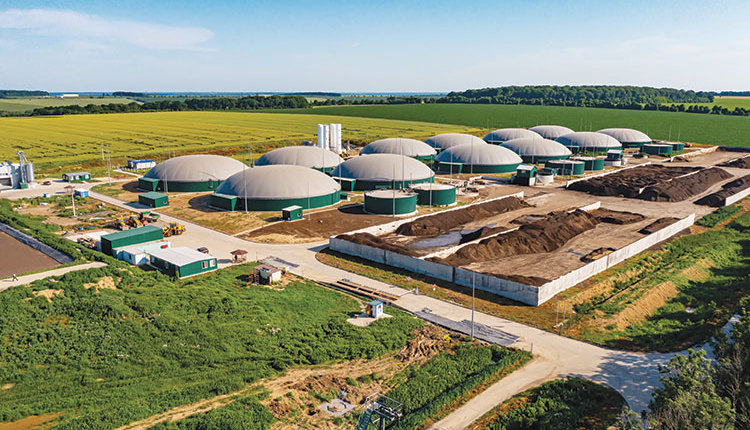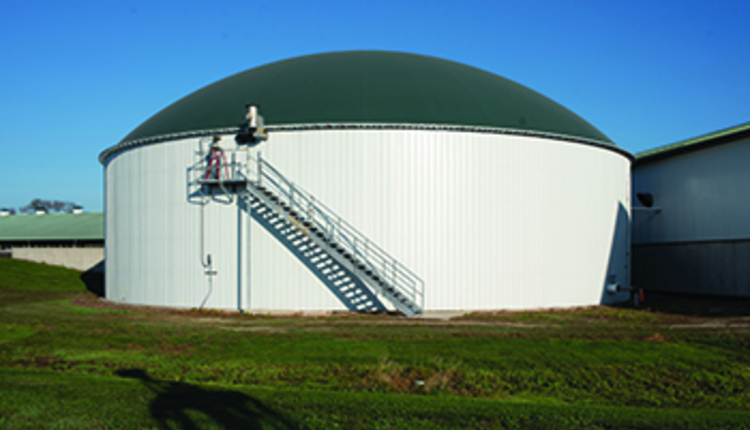The author is an attorney based in Des Plaines, Ill.

Congress passed and President Biden signed the Inflation Reduction Act on August 7, 2022. This legislation is basically the U.S. Senate’s version of the Build Back Better Act the House passed earlier. This law looks a lot like the Build Better Act.
With some estimates of costs running as high as $750 billion, this bill is arguably one of the biggest U.S. government programs to launch since The New Deal of Franklin Roosevelt’s era. It includes up to $40 billion in funding for farm and farm related programs. Perhaps the ones of most interest are biogas support, cover crops, and loan support.
Focused on conservation
In some ways, the big winner for agriculture is conservation. These programs would receive $19.5 billion in help to develop and expand conservation practices on farms. And, it would mean farmers could plan on programs actually being funded.
Some of these programs are very technical and paperwork intensive —and sometimes they run out of money. Still one item to really watch is the Carbon Sequestration and Greenhouse Gas Emissions Quantification Program. This could be very important because for carbon credits to be treated as commodities, they need to be quantified in a way the market is comfortable enough to buy and sell. The $300 million allocated to this area seems small, but the ability to truly quantify carbon sequestration would be huge because it is an important step in actually being able to turn carbon into more of a tradeable commodity.
The Inflation Reduction Act also contains some money for debt relief that could be game changing for farmers with pressing money problems. Debt relief was proposed early with the American Rescue Plan, but that ran aground in the courts. The Inflation Reduction Act options would allow for forgiven loans and modifying terms of loans for “distressed borrowers.” The USDA will be responsible for developing guidelines for eligibility and for deciding which farmers are eligible because their farming enterprises are at financial risk.
Along with this program, there is also supposed to be help for farmers who have been historically underserved. This is geared for those who have experienced discrimination in the past. There are also programs for avoiding land loss and career development.
Keeping fields green
Cover crop supports are also a big development. The bill would pay farmers $25 per acre, up to 1,000 acres, to plant cover crops through the 2026 crop year. It also includes a $5 per acre incentive for landowners to establish cover crops with renters as well.
Theoretically, this could be a crucial development at a crucial time. Cover crops, of course, can do great things — hold soil in place, reduce nitrogen runoff, and help plants endure drought successfully. And one huge benefit for farmers who are required to buy nitrogen fertilizer is that cover crops can fix nitrogen in the soil and reduce the need for purchased fertilizers. Given the way fertilizer prices have been, there is a powerful incentive to look at alternative nitrogen sources.
Cover crops could certainly offer an alternative and, perhaps with government help, an increasingly cost effective one. It’s also possible the government financial supports will make people more comfortable with the inherent risks of adding a new crop rotation to the mix.
Fuel for the future
One of the most interesting programs for animal agriculture is the biogas provisions the bill contains. Some of the benefits are in the form of tax credits that have been created or extended. The American Biogas Council welcomes the passage of the Inflation Reduction Act. According to the American Biogas Council, there are 2,300 operational biogas systems in the U.S. However, 85% of the biogas potential has not been realized. The group estimates that 65 million tons of food waste and manure and other waste from 8 billion animals could be used to generate significant amounts of sustainable biogas.
One big benefit of the Inflation Reduction Act is more certainly that the tax credits will be there going forward. This gives investors greater ability to compare biogas with other investments because, at least theoretically, the tax credits should be more certain.
Again, according to the American Biogas Council, the U.S. has 2,300 operational biogas systems, but only about 15% of the potential for the biogas has been realized. Estimates are that high because the U.S. produces 65 million tons of food waste, manure, and other waste a year. This comes from an estimated 8 billion cows, chickens, turkeys and pigs and over 11 trillion gallons of wastewater each year. If the tax credits and other supports work, then biogas production should rise as more plants are built.
There were some programs that fell off the House version. For example, some agricultural research and rural water supports were eliminated.
The Inflation Reduction Act represents one of the biggest expenditures for agriculture in decades. It’s possible it could offer significant benefits to the U.S. in the form of cleaner water and less nitrogen runoff based on greater use of cover crops. In addition, it could provide financially distressed farmers who qualify loan modification or forgiveness. Last but certainly not least, the tax credits and assistance might make biogas more prevalent.
This article appeared in the February 2023 issue of Journal of Nutrient Management on pages 6-7. Not a subscriber? Click to get the print magazine.








